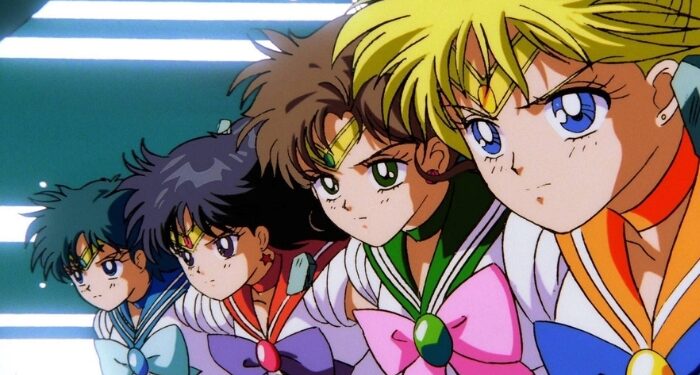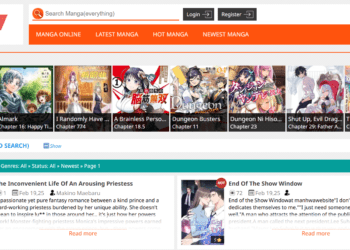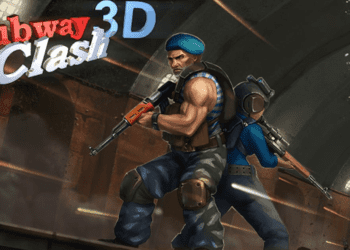Romance manga is a genre known for its evocative storytelling and emotional depth. One of the unique aspects of romance manga is how it combines visual artistry with narrative to create compelling love stories. The role of visuals in romance manga goes beyond mere illustrations; it is integral to conveying emotions, character relationships, and the overall ambiance of the story. This article explores how artistic expression enhances romance manga and highlights some lesser-known titles where visuals play a crucial role in storytelling. For an extensive selection of romance manga and to explore these artistic expressions, visit ZinManga.
The Power of Visuals in Romance Manga
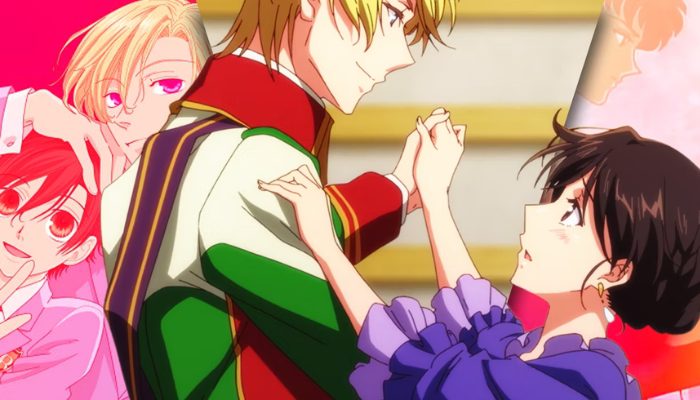

1. Emphasizing Emotional Depth
Visuals in romance manga are essential for conveying the complex emotions of characters. Facial expressions, body language, and scene composition work together to reflect the characters’ inner feelings, making their emotional journeys more relatable and impactful.
For example, in “Kamisama Kiss” by Julietta Suzuki, the artwork vividly captures the characters’ emotional states through expressive faces and detailed backgrounds. The subtle shifts in expression during key moments, such as romantic confessions or moments of vulnerability, enhance the reader’s connection to the characters and their love story.
2. Enhancing Atmosphere and Setting
The setting in romance manga often reflects the tone and mood of the story. Art styles, color palettes, and background details contribute to the creation of an atmosphere that complements the narrative. The visual representation of settings can enhance the romantic ambiance and immerse readers in the world of the manga.
In “A Sign of Affection” by Suu Morishita, the use of soft colors and delicate backgrounds helps create a gentle and heartwarming atmosphere. The visual focus on serene settings and intimate moments between characters underscores the romantic and emotional undertones of the story.
Artistic Techniques in Depicting Romance
1. The Use of Symbolism
Symbolism is a powerful artistic technique used in romance manga to convey deeper meanings and themes. Visual symbols, such as recurring motifs or symbolic colors, can add layers of interpretation to the romance narrative.
In “My Love Story!!” by Kazune Kawahara, the manga uses recurring symbols like hearts and flowers to represent the growing affection between the protagonists. These symbols are subtly integrated into the artwork, reinforcing the romantic themes and highlighting the significance of certain moments in the story.
2. Stylized Character Design
Character design in romance manga plays a significant role in conveying personalities and relationships. Stylized character designs, including unique features and fashion, help distinguish characters and reflect their roles in the story. The way characters are drawn can influence readers’ perceptions of their relationships and interactions.
For instance, “Nodame Cantabile” by Tomoko Ninomiya features distinct character designs that emphasize the quirks and personalities of the protagonists. The visual representation of the characters’ contrasting styles and mannerisms enhances the comedic and romantic elements of the story, making their interactions more engaging.
The Impact of Visuals on Storytelling
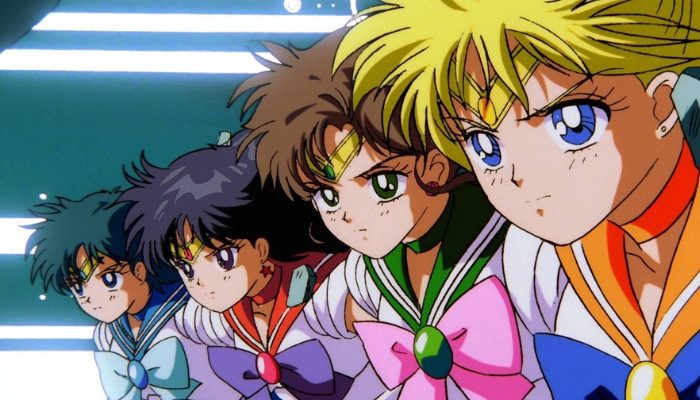

1. Conveying Romantic Tension
Visuals are crucial in building and conveying romantic tension in manga. The use of panel composition, close-ups, and visual effects can heighten the emotional impact of romantic scenes and create a sense of anticipation.
In “Boys Over Flowers” by Yoko Kamio, the manga utilizes dramatic close-ups and dynamic panel layouts to emphasize moments of romantic tension and conflict. These visual techniques enhance the storytelling by intensifying the emotional stakes and capturing the characters’ inner turmoil.
2. Illustrating Relationship Dynamics
The visual portrayal of relationship dynamics in romance manga helps readers understand the evolving nature of the characters’ interactions. Art styles and panel compositions can reflect the development of the relationship, from initial attraction to deepening affection and commitment.
In “Blue Spring Ride” by Io Sakisaka, the visual depiction of the protagonists’ interactions evolves with their relationship. The use of soft, flowing lines and intimate close-ups reflects the growing closeness between the characters, while changes in the art style mirror the progression of their romantic journey.
Lesser-Known Titles Showcasing Artistic Expression
1. “Yona of the Dawn” by Mizuho Kusanagi
While “Yona of the Dawn” is often recognized for its fantasy elements, its portrayal of romance is equally noteworthy. The manga uses detailed and expressive artwork to depict the romantic tension and emotional growth between the characters, blending historical fantasy with heartfelt romance.
2. “Daytime Shooting Star” by Mitsuba Takanashi
Daytime Shooting Star explores the complexities of a high school romance with a focus on visual storytelling. The manga’s art style captures the characters’ emotional experiences and the nuances of their relationship, providing a visually rich narrative that complements the romantic themes.
Conclusion
The role of visuals in romance manga is pivotal to its storytelling, enhancing emotional depth, setting, and character dynamics. Artistic expression through detailed illustrations, symbolic elements, and stylized designs adds layers of meaning to the narrative, making the love stories more engaging and immersive. For those interested in exploring how visuals elevate romance manga, ZinManga offers a diverse selection of titles where art and narrative intertwine beautifully. Discover the impact of artistic expression in romance manga and enjoy a deeper connection with your favorite love stories by visiting zinmanga.
See also: Idealized Love in Manga: How Romance Manga Shapes Perceptions

